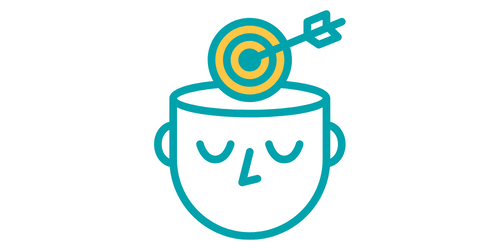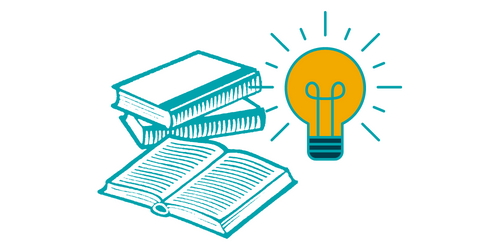ABA Therapy Benefits
Why Consider ABA Therapy?
ABA Therapy is a proven, evidence-based treatment that not only helps children with autism spectrum disorder (ASD) but provides families the tools to support their child through the treatment process. According to Autism Speaks, this treatment is based on three factors:
- How behavior works
- How behavior is affected by the environment
- How learning takes place
ABA has been in practice since the 1960s and consistently used to treat children with autism for decades, which includes effectiveness studies. This autism treatment has passed evaluations given by the US Surgeon General and the American Psychological Association in usefulness, quality, and effectiveness.

The Benefits of ABA Therapy

Increased acknowledgement of people and improved social skills
Socialization and interaction are challenges faced by many children with autism spectrum disorder (ASD). This can be seen through a lack of eye contact, limited play interactions, reduced interest in sharing, and difficulty building relationships. Since socialization skills are necessary for kids to form relationships and to successfully navigate social situations, efforts to improve these skills are important. ABA Therapy teaches children how to effectively make connections with others. It can be accomplished through a basic step like returning a smile or a more advanced accomplishment like making a playdate. The overarching goal is to enhance a child’s relationship building skills to create more meaningful interactions with family and friends.

Establishes more effective communication
One of the first noticeable signs of autism is a child having issues with communication. ABA Therapy treatment plans provide education and guidance to either teach speech skills to verbal communicators or encourage communication abilities from augmentative and alternative communicators (non-verbal communicators). A goal of ABA Therapy is to uncover the function or reason behind an individual’s language and create a personalized plan to teach language utilization in the proper scenarios. Language lessons in a treatment plan may include listening and responding to others, intraverbal language, identifying objects, making requests, and conversation speech. For non-verbal communicators, treatment includes establishing alternative communication mediums, such as picture boards or speech generating devices.

Demonstrates increased attention and focus
Attention related challenges in children with autism are common. Focus difficulties are seen through a difficulty completing tasks, a lack of consistent focus, becoming easily distracted, and the inability to sit still for long periods of time. One strategy ABA uses to address attention and focus issues is positive reinforcement. A child is rewarded after showing improved ability to concentrate on a specific task or lesson longer. Another approach of ABA for improving a child’s attention span is identifying their best medium for focusing and crafting lessons and activities. If a child focuses more through visual stimuli, the treatment plan would lean more on visual lessons.

Improved learning and performance
ABA Therapy uses an initial assessment to identify each individual child’s strengths and weaknesses. This first step is important, because registered behavior therapists (RBTs) can craft lessons and educate children based on their strengths, while also incorporating activities to improve weaknesses. Along with using a child’s strengths as teaching pillars, ABA incorporates rewards as motivators to improvement. Family involvement is another critical aspect of ABA Therapy. By involving families at the start of treatment, the principles and techniques established at the clinic can be incorporated at home. ABA relies on both therapists and parents to maximize every learning opportunity.

Increased independence
ABA Therapy equips children with tools to maximize their learning and improve their general life skills. Starting a child’s autism treatment earlier in their life allows a greater chance a child can function on their own in the future. This independence training may start with potty training skills, move to communication establishment, and evolve into relationship building. By improving learning skills, communication ability, social skills, and other abilities, ABA offers children with autism the ability to reach their highest potential and advocate for themselves!
EXPLORE AUTISM TREATMENT FOR YOUR CHILD NOW!
Speak with our Intake Department to see if our treatment is a fit for your family.
